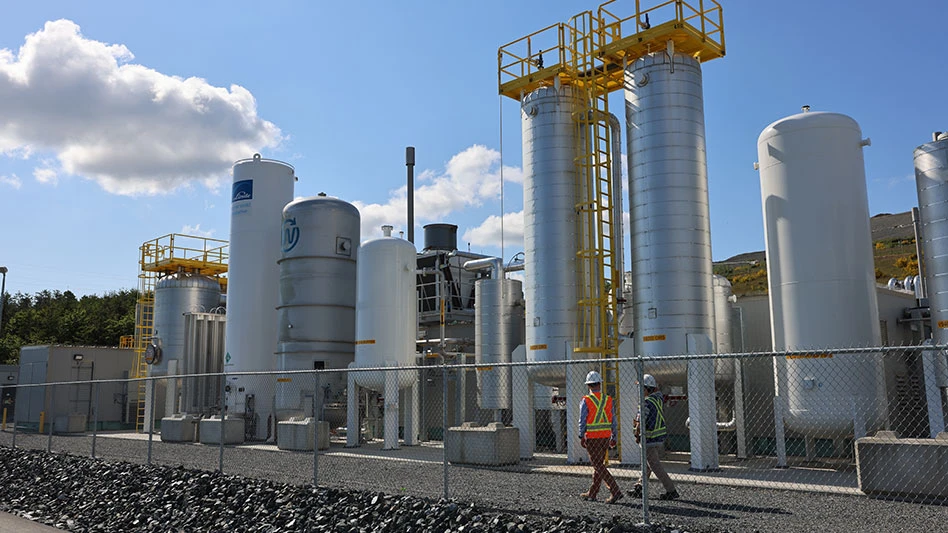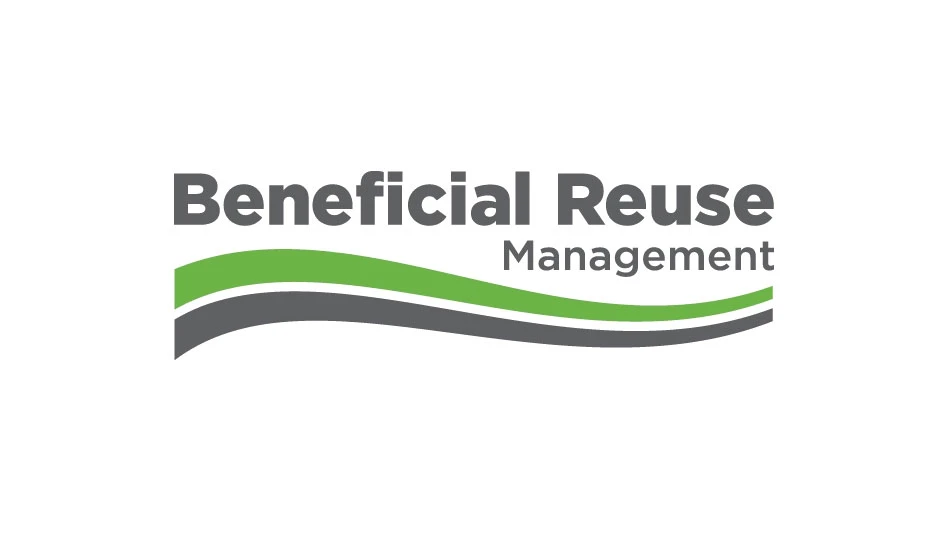
Nate Francisco likes to say he got into the waste industry by accident.
After earning a degree in environmental science with a focus on policy and planning, Francisco was hired in the environmental department at a sugar beet factory. While there, he worked with the local landfill on a pilot project to process the factory’s biosolids into a suitable daily cover material.
“I didn’t know anything about how solid waste was managed. But I came out here on that project taking temperatures, doing sampling,” he says. “After a couple of visits, I was looking at how this place operated and all the in-depth engineering and environmental protection things that were going on at the site.”
When a position opened, Francisco accepted a job monitoring gas wells for Southern Idaho Solid Waste, where he progressively took on operations management duties and now serves as executive director and CEO. The regional solid waste district handles waste from seven counties in south-central Idaho, operating a regional landfill, 14 transfer stations, a waste hauling fleet, a specialty waste disposal facility and a landfill-gas-to-energy facility.
As executive director, Francisco wrote the district’s first-ever five-year strategic plan to shift the district toward more long-term planning. “Cost isn’t just year to year,” he says. “Cost is generational in the type of work that we do.”
In the following interview with Waste Today, Francisco discusses the district’s long-term outlook.
"The problem with operating that inexpensively is when disposal costs are that low, it discourages the ability to implement resource recovery projects or recycling projects. And so, in a way, we are our own worst enemy."
Waste Today (WT): What are some of the initiatives you’ve been most proud of during your time with the district?
Nate Francisco (NF): Our landfill-gas-to-energy facility was the first step the district took into looking more long term. More recently, I submitted an application for [a] $35 million funding package ... to improve and expand our infrastructure. Things like providing improved road surfaces, employee break and training facilities, upgraded equipment and fixing and expanding tipping floors at eight transfer stations. It’s going to be a big undertaking, probably two or three years.
We’re in the middle of due diligence on a resource recovery system. It’s forced us to look at how do we do districtwide recycling. It comes down to getting the waste separated. We’re already efficiently getting all the waste from all these communities to one central location: the landfill. It gives us the economies of scale to say, “OK, we’ve got ‘X’ amount of waste coming here. We can install recovery systems to get materials out of the waste stream once it gets here.”
[The system] involves some energy production, some renewable natural gas production, some chemical recycling, those sorts of things, to try to not only get the materials out of our system but turn them into useful products for our economy as well. That’s really the future of what we’re going to see here.
WT: What’s the biggest waste management challenge in your region?
NF: In Idaho, space is fairly cheap for landfills … and we’ve been able to keep our costs low over time. The problem with operating that inexpensively is when disposal costs are that low, it discourages the ability to implement resource recovery projects or recycling projects. And so, in a way, we are our own worst enemy. We operate so efficiently that it’s hard to justify the cost of implementing recycling programs and diverting waste.

Explore the May/June 2024 Issue
Check out more from this issue and find your next story to read.
Latest from Waste Today
- Montana city approves compost facility improvements
- Willows offer a nature-based solution to reducing leachate volumes
- REI outdoors retailer hits zero waste target
- Minnesota awards $1M in waste reduction grants
- Nashville, Tennessee, inches closer to establishing standalone solid waste department
- Los Angeles Sanitation and Environment wins brownfields grant
- Bain & Co. sees distant chemical recycling timeline
- Terex Ecotec launches new windrow turners





